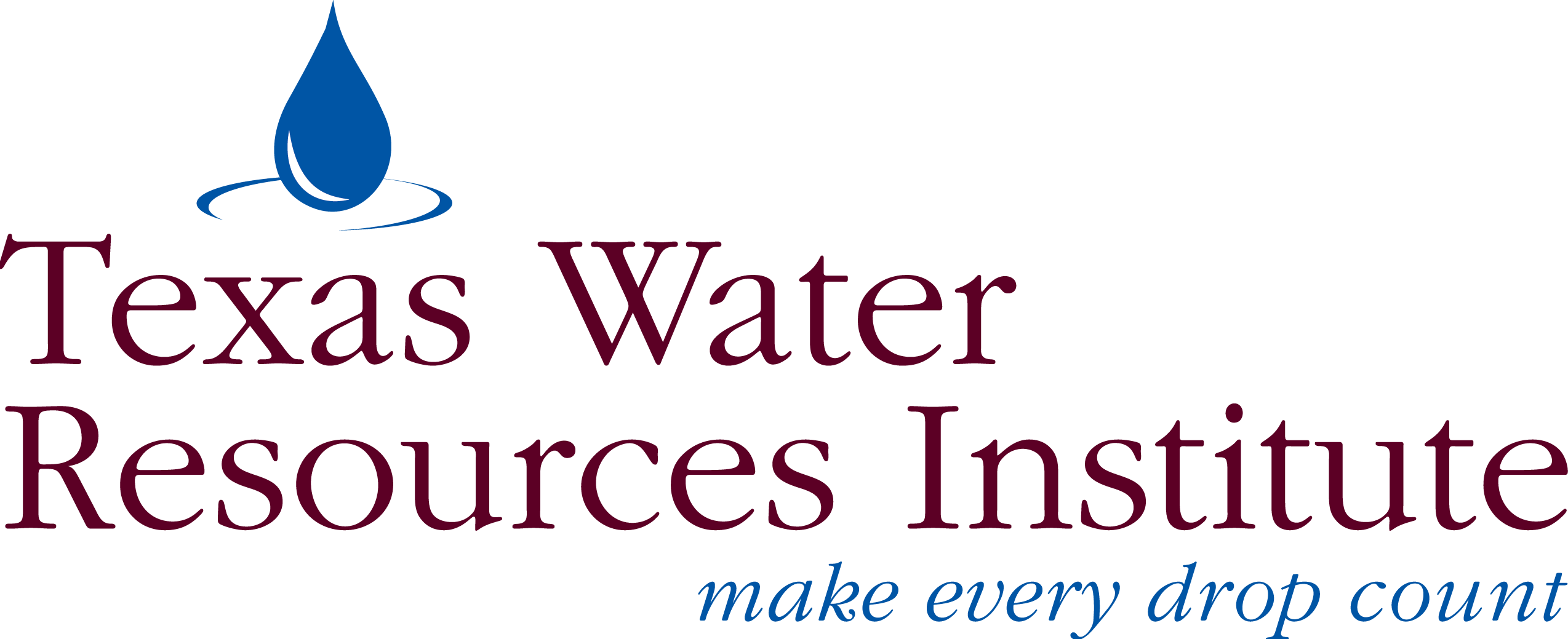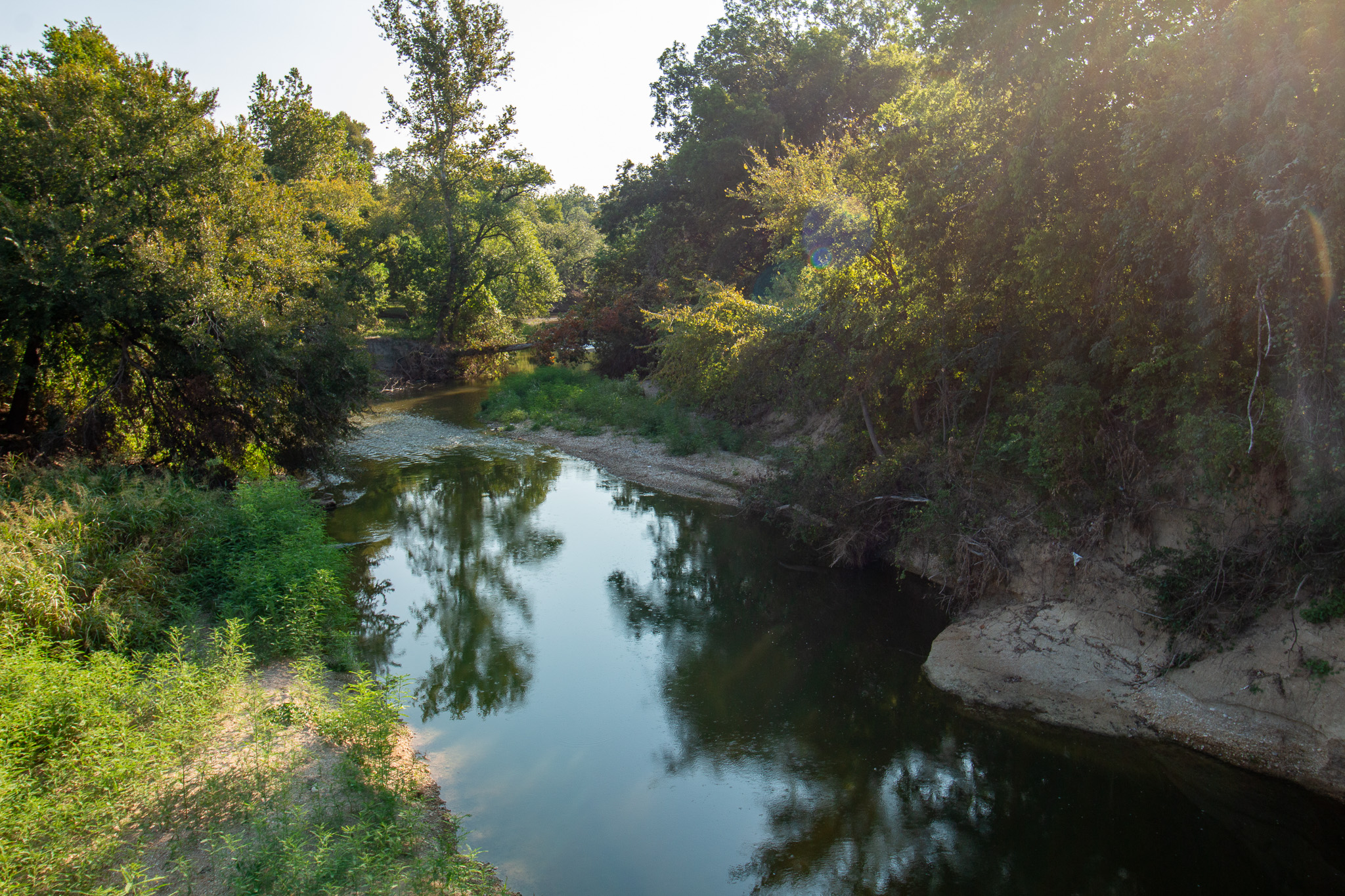Peer-reviewed publications by Texas A&M AgriLife and Texas A&M University System scientists
Double cropping and tillage intensity in continuous wheat agroecosystems have variable impacts on soil hydrologic and physical properties: Texas A&M University and Texas A&M AgriLife researchers investigated the short-term effects of tillage management practices and double cropping. They found that soil water was impacted by tillage and double cropping in all environments, and soil water recharged before planting of the second crop during double cropping.
Air-gap membrane distillation to desalinate seawater and hypersaline-produced water: This study, coauthored by a Texas A&M researcher, discussed the use of air gap membrane distillation (AGMD) to desalinate seawater and produced water. They found that AGMD could be a good alternative to traditional desalination because it is scalable and energy efficient.
Trees Enhance Rock Moisture Storage: A Major Pool in Karst Drylands and Crucial During Droughts: Texas A&M researchers investigated soil and rock moisture dynamics in Texas’s Edwards Plateau region. In areas with shallow soil, rock moisture can be an important source of water for woody plants. They found that rock moisture was greater under woody plants, suggesting that woody plants enhance this moisture, allowing them to survive extended droughts. This finding is important to understanding woody plant encroachment.
Forecasting compound drought-heatwaves using Burg entropy spectral analysis with multi-frequency resolutions: This study, coauthored by a Texas A&M researcher, developed an index for compound drought and heatwave (CDHW) events. The index was developed by coupling the precipitation and evapotranspiration index (SAPEI) and the standardized temperature index (STI). The newly developed index could be useful for early warnings and the establishment of proactive management plans for CDHW.
Recent research from other Texas universities
Integrating multi-criteria decision analysis and geospatial data for flood susceptibility mapping in Texas, USA: This study, from Prairie View A&M University researchers, used geospatial data and a multi-criteria decision analysis to investigate the flood-prone areas of Texas. They found that 62% of the study area had high flood risk. They suggest that flood management and mitigation strategies be prioritized for high-risk river basins.
Seasonal and diurnal groundwater fluctuations linked to environmental and drought variability for the Kermit dune field, Chihuahuan Desert, West Texas, United States: Baylor University researchers investigated groundwater fluctuations of the Kermit dune field in West Texas. They observed a decline in groundwater, likely worsened by nearby mining operations. They also observed heightened electrical conductivity long after an oil and produced water spill. The study says these findings show the susceptibility of groundwater to anthropogenic disturbances.
Salt-free electrodialysis metathesis for brackish water desalination brine management: Pilot evaluation of operational configuration and hydraulic recovery: This study presents a field-scale application of salt-free electrodialysis metathesis at a desalination plant in El Paso, Texas. This method of desalination is important in the push for a zero liquid discharge method. They found that this method achieved 90% water recovery and suggest that further work could improve this method.
Effects of short-term exposure to environmentally relevant pesticides mixture on morphological alterations, oxidative-nitrative stress biomarkers, cellular apoptosis, and antioxidant expression in kidneys of goldfish: University of Texas Rio Grande Valley researchers examined the effects of a pesticide mixture on the kidneys of goldfish. The chosen pesticides are common environmental pollutants. They found that short-term exposure to pesticides caused cellular damage and other alterations that could impair physiological functions.



